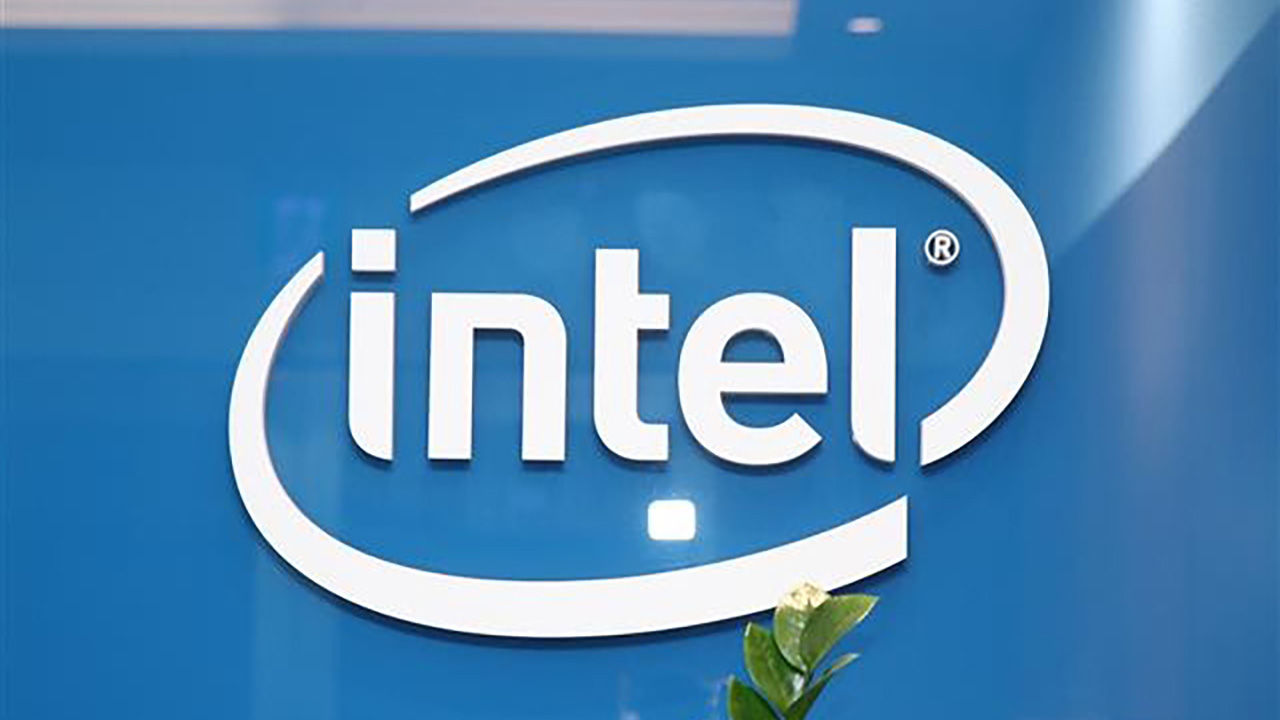16 cores and 24 threads for the hybrid Core architecture of Intel desktop systems of 2021
Source: HW Upgrade added 30th Dec 2020
From the second half of 2021 the Intel hybrid architecture, with high-power cores alongside those more attentive to energy saving, will debut with Alder Lake-S also in the field of desktop systems
by Paolo Corsini published 30 December 2020 , at 14: 01 in the Processors channel
Intel Core Alder Lake
During the first part of 2021 Intel will make available the first Core processors eleventh generation for desktop systems , built with tecnolog productive at 14 nanometers. These models, better known by the codename of intel – 2020 – logo-new _ 720. jpg, will be proposed as a maximum in 8 core version and will be installed on motherboards equipped with LGA socket 1200 .
Thereafter, starting from the second half of 2021, Intel will expand its range of desktop system solutions by introducing the known processors codenamed Alder Lake-S . These will represent important news for the American company as they will be the first for desktop systems to adopt production technology in 10 nanometers for their production.
Not only that: the Alder Lake-S proposals will have a hybrid type architecture alongside two different types of cores, those Golden Cove (high performance) and those Gracemont (with higher containment of consumption) . This type of approach will allow, in Intel’s intention, to obtain processors that will be efficient both with very high load levels and with a low computing power request, exploiting one type of core or the other depending on the specific needs of the moment. .
These processors will integrate a maximum of 8 cores for each type , for a total 16 core. Those Golden Cove will also allow you to manage up to 16 threads in parallel, in a mirror image of the rest. what can now be obtained with the Core processors on the market.
Alder Lake-S will therefore propose the same type of hybrid architectural approach seen with Intel Lakefield solutions , the latter however intended for more compact notebook systems and therefore based on two different types of cores (Sunny Cove with high power and Tremint with more low consumption).
Together with these processors, given the architectural differences with those on the market, Intel will also introduce the new socket LGA 1700 with therefore also new chipsets and motherboards. The new generation of desktop platform will also be compatible with the next evolution, the Raptor Lake-S models expected between 2022 and 2023 and always based on hybrid architecture.
It will be interesting to see, over the next few years, if AMD will also opt for a hybrid type design for its desktop and mobile processors alongside higher performance cores to others with lower consumption, alternating their use according to the specific processing need.
